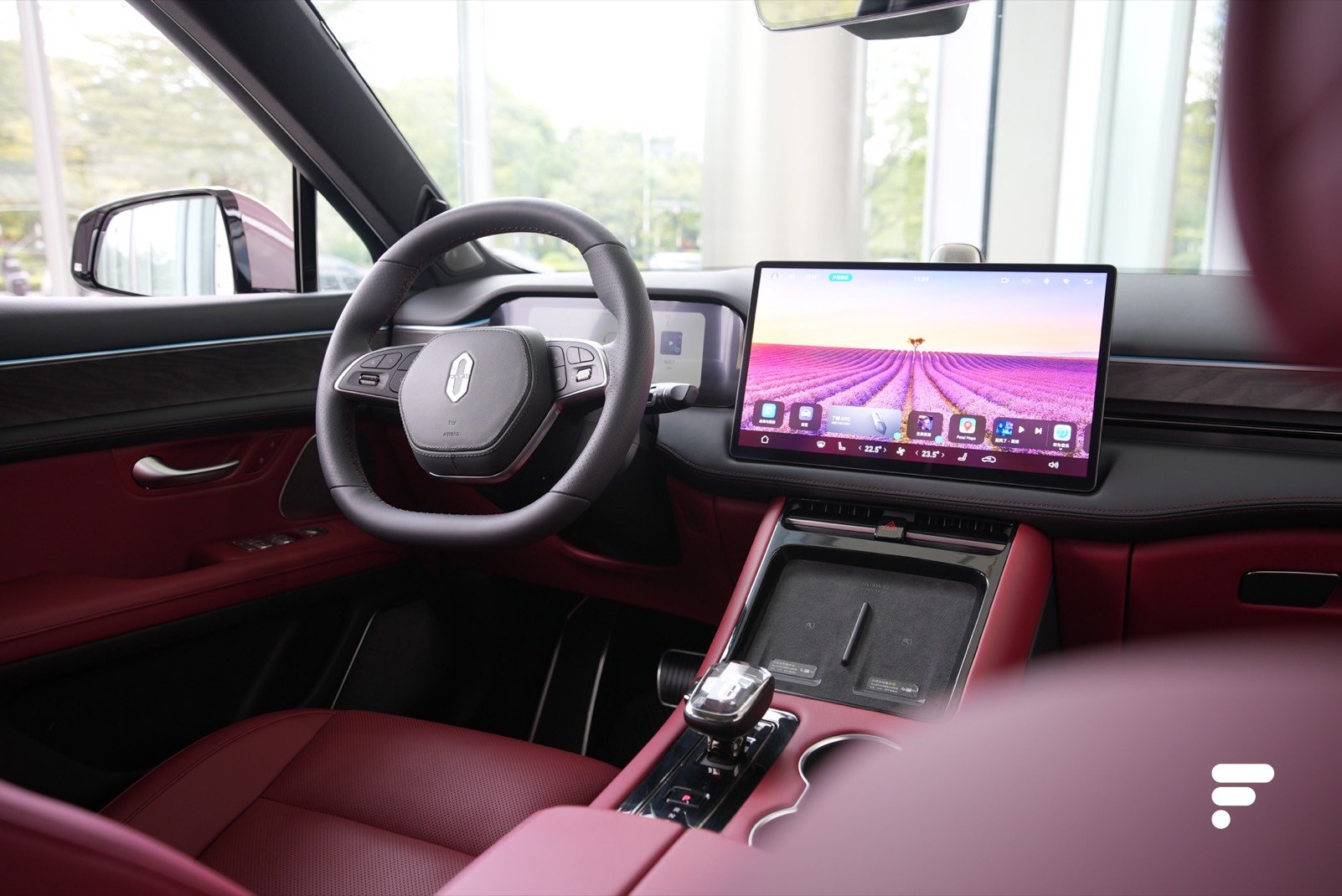During our visit to the Huawei campus, something unexpected awaited us: cars, and not just any cars. We had the chance to climb aboard the Aito M5, an electric crossover that might just give Tesla reason to worry.
If you had ever set foot on the Huawei campus in Shenzhen before the US embargo, a visit today would almost make you feel like nothing has changed. The imposing buildings, the busy employees, the calm of the parks: everything is in place, as if the Chinese group had weathered the storm without incident.

But a tour of the campus and especially the flagship, the department store in Huawei colors, reveals a major transformation. There are now not only smartphones, tablets, smart watches and laptops, but also cars. Yes, cars.
Expansion into the automotive industry: three brands, several collaborations
Huawei has diversified its business by decisively entering the electric and hybrid vehicle market. And this is not a simple foray. Together with several other companies, Huawei has developed car brands like Avatr (with Changan and CATL), Arcfox, and Aito (with Seres – Sokon). This diversification places Huawei in a unique position. It’s not just a car manufacturer; rather, the company acts as a multi-faceted OEM.
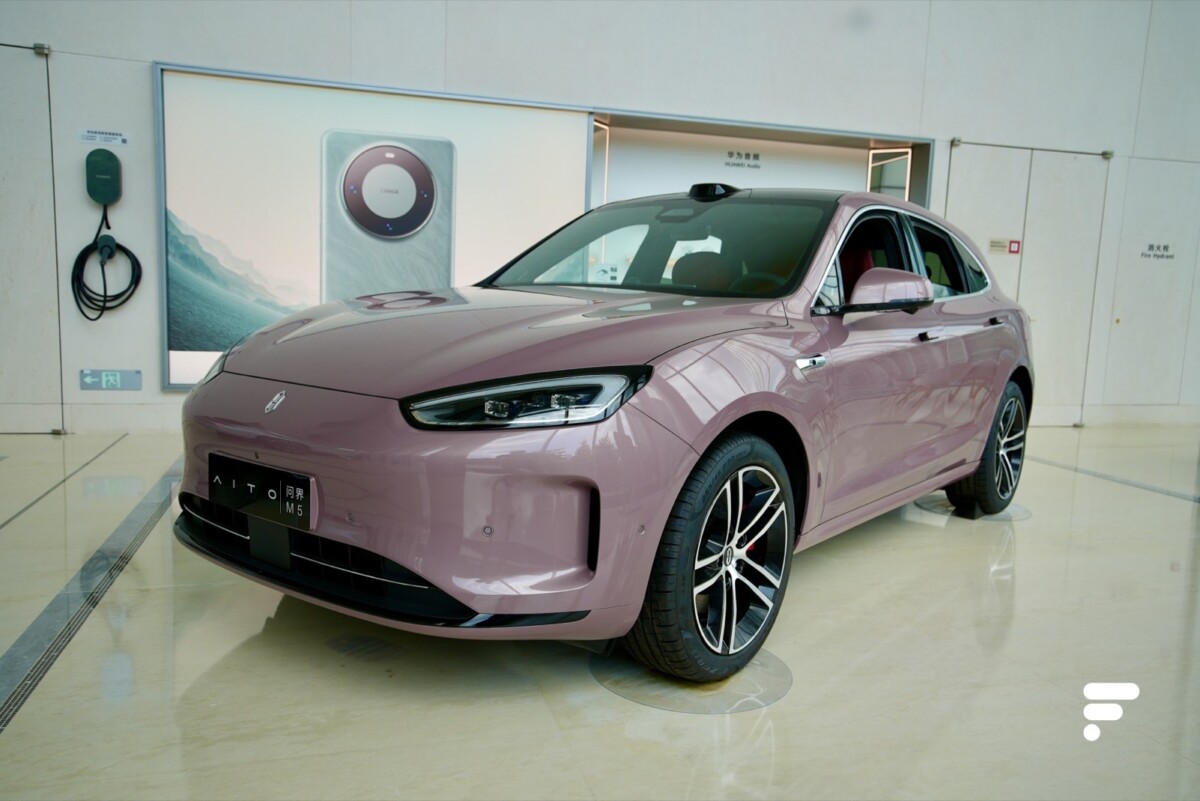
Not only does Huawei provide engines, but they have also extended their in-house operating system, HarmonyOS, to manage on-board infotainment. They also provide their own sound system, called Huawei Sound, and have even developed technologies for autopilot. And that’s not all. From the wireless charging pad to other specific accessories, Huawei is involved in every component of the driving experience.
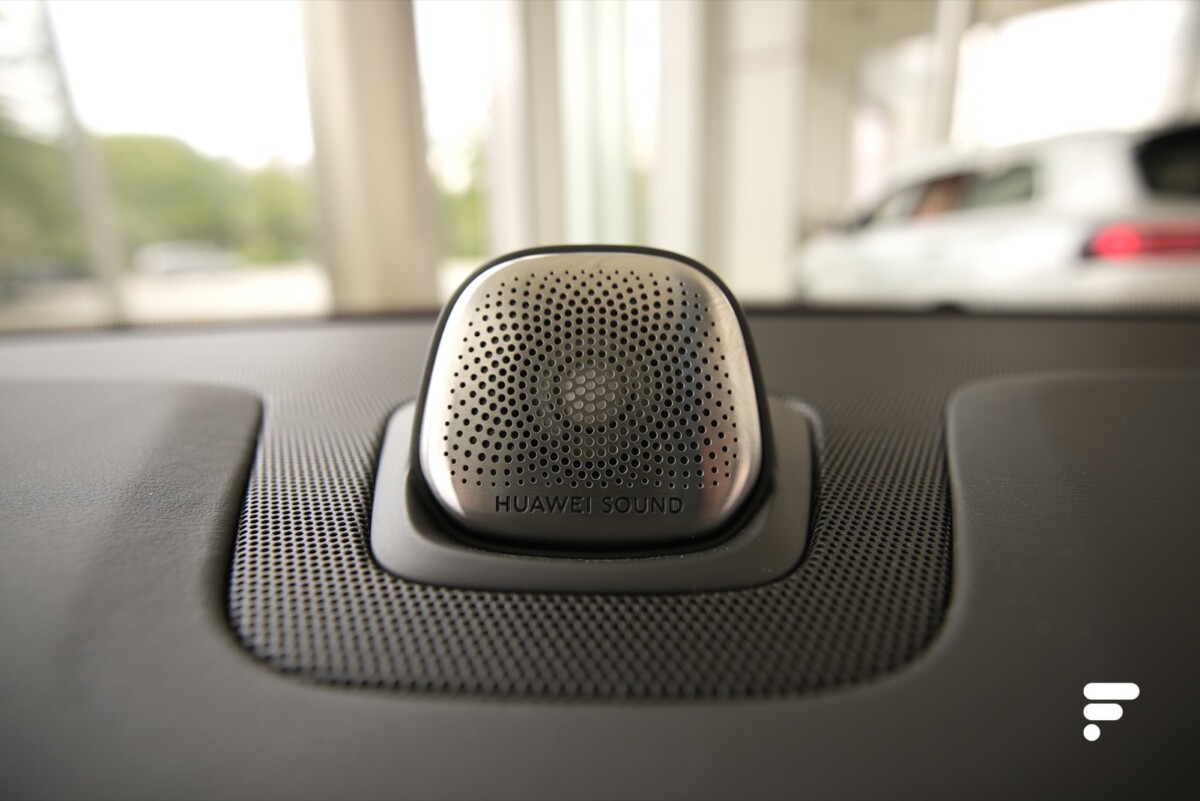
Add to this that discussions are underway between Volkswagen and Huawei. The latter will therefore likely have the opportunity to collaborate with brands outside the Chinese market, which could considerably expand its influence in the automotive industry.
The experience on board the Aito M5
During our visit, we had the chance to board the Aito M5, a crossover that exists in hybrid and 100% electric versions. The experience on board this vehicle is impressive, even if you have already come into contact with advanced Chinese technologies. Here are four points that summarize our experience.
HarmonyOS dethrones competitors
If Huawei is known for its screens and software interfaces, it is no coincidence. On board the Aito M5 we find a main screen with an interface that puts practically everything else on the market in the shade. We had the chance to test HarmonyOS 3, and even at this version (HarmonyOS 4 was presented), the system is breathtakingly fluid and modern.
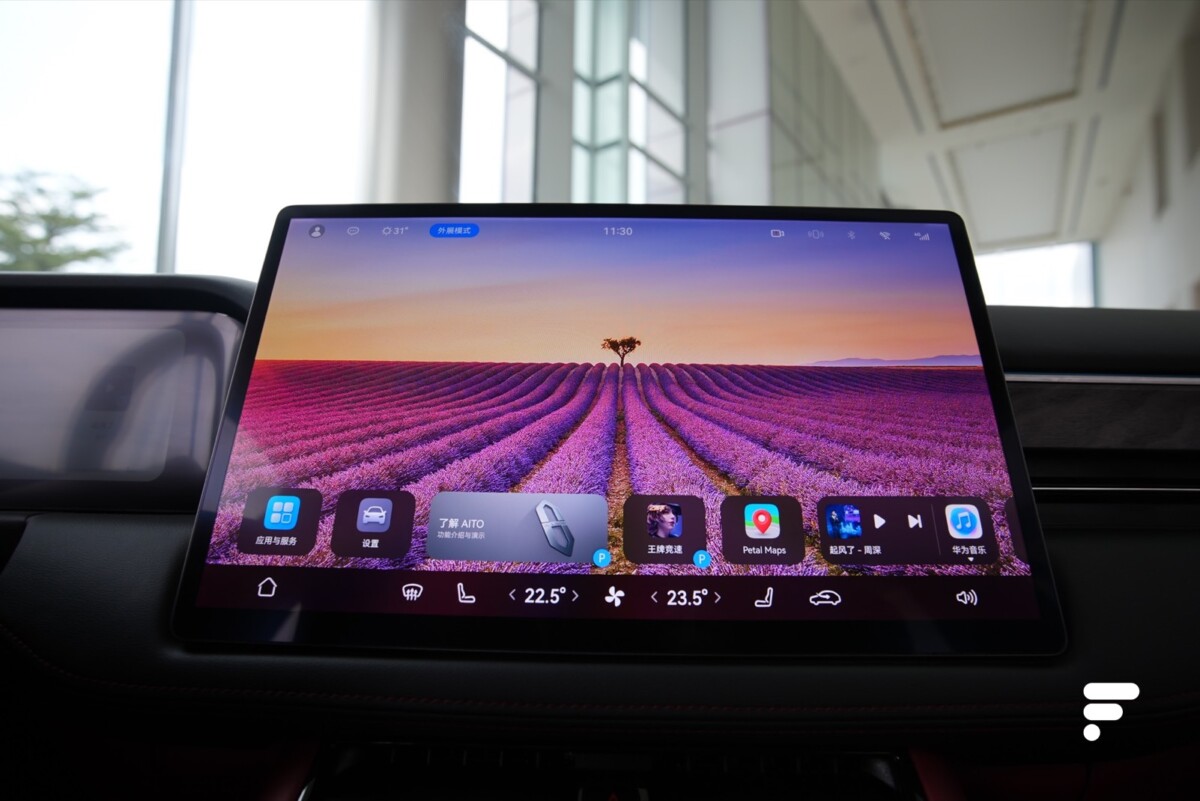
Compared to this, even the on-board systems of the most recent European cars, like the new Peugeot 3008, seem from another time. And let’s not talk about Android Automotive, which equips certain Volvos and Renaults and which seems straight out of the past in comparison.

HarmonyOS goes way beyond just infotainment; it offers a comprehensive AppGallery with numerous apps and games, extending the console’s usefulness well beyond simple navigation or music control.

Aito M5 with HarmonyOS from Huawei // Source: Frandroid

Aito M5 with HarmonyOS from Huawei // Source: Frandroid

Aito M5 with HarmonyOS from Huawei // Source: Frandroid

Aito M5 with HarmonyOS from Huawei // Source: Frandroid

Aito M5 with HarmonyOS from Huawei // Source: Frandroid
Voice assistants and autonomy: an unparalleled advance
If the use of voice assistants in Tesla vehicles, and others, can sometimes leave something to be desired, Chinese manufacturers have been able to do well in this area. Here, on the Aito M5, voice recognition is smooth, fast, and above all, reliable. You can do almost everything by voice, from changing routes to changing climate settings. It’s even more efficient than the touch screen. You can give several instructions at once, cut the floor and follow each other at incredible speed. Hard to believe us? look our video posted on X / Twitter.
But where the Aito M5 surprises the most is in its level 3 autonomous driving capabilities. Despite the often difficult traffic conditions in Shenzhen (almost no courtesy, overtaking on the right and so on) , the vehicle showed itself capable of following a route, overtaking, turning and changing lanes in complete autonomy. He was able to handle several delicate situations.
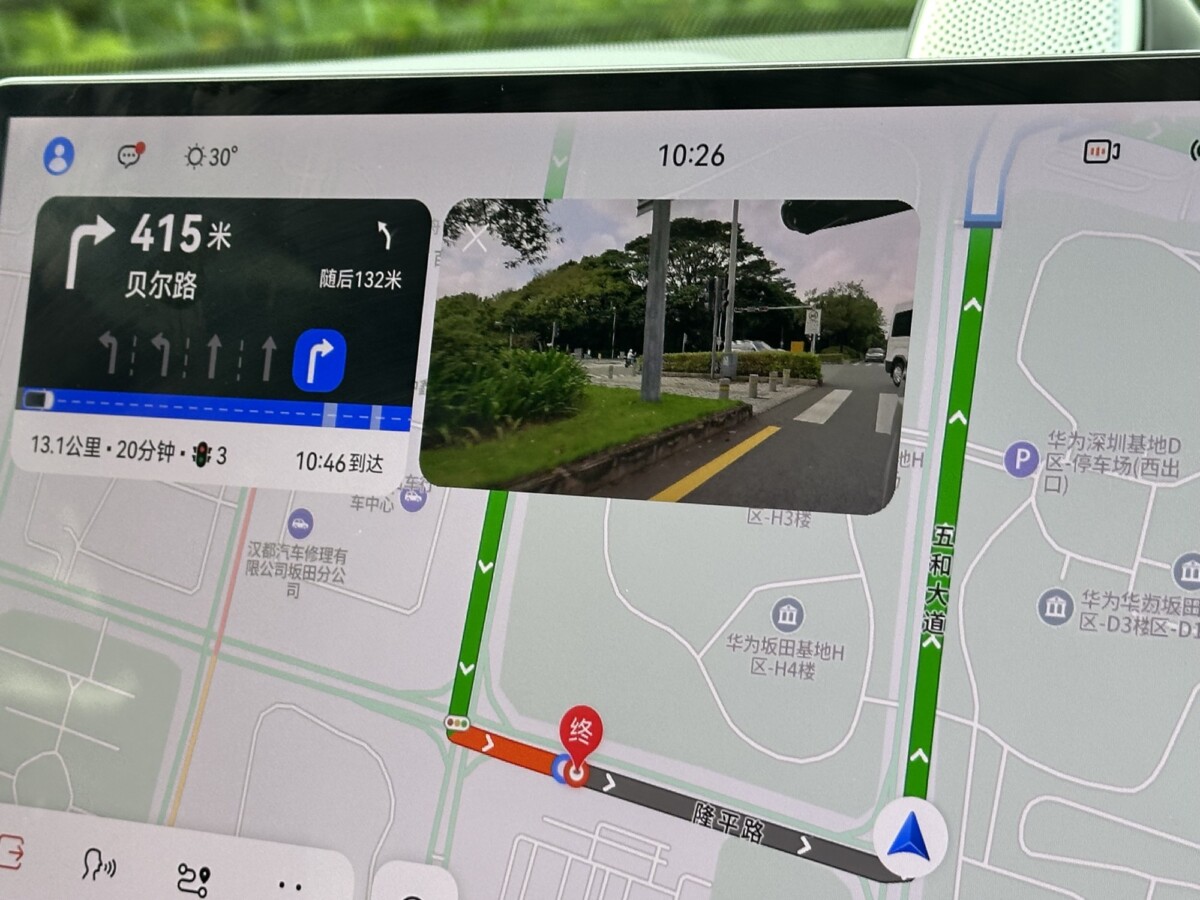
Even if Chinese legislation is less strict than in Europe on the subject, the technological advance is palpable and places the Aito M5 well ahead of what Tesla offers on the old continent.
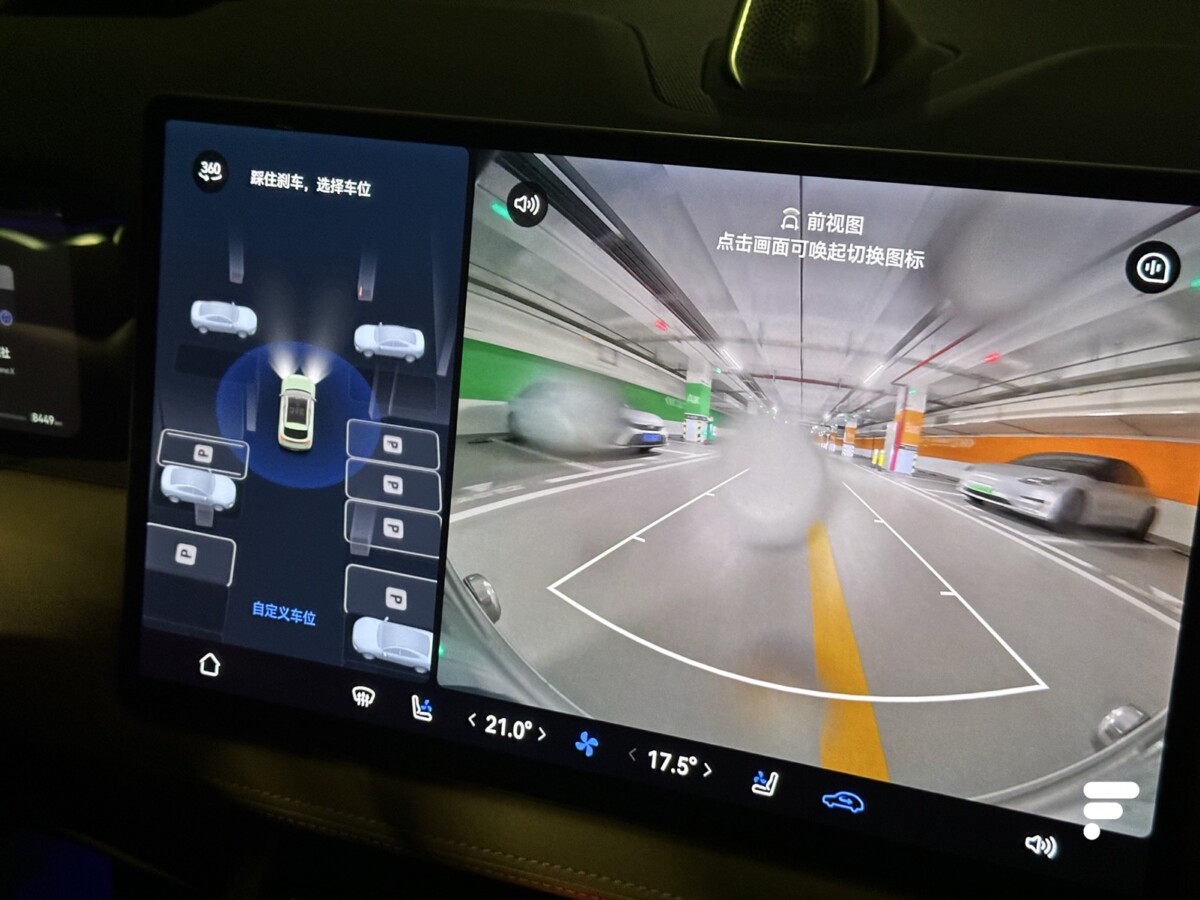
Where I see a certain delay even at Tesla is in the details, such as the automatic parking system. The Aito M5’s Autopark is incredibly efficient: it identifies all available locations with great precision and executes maneuvers with remarkable speed and impeccable accuracy. In addition, it allows you to add more specific instructions during the maneuver.
Beyond driving: the on-board experience
Infotainment is not just a touchscreen and a voice assistant on board the Aito M5. The vehicle offers a range of accessories, such as removable Huawei tablets in the rear, which also allow control of various vehicle features.
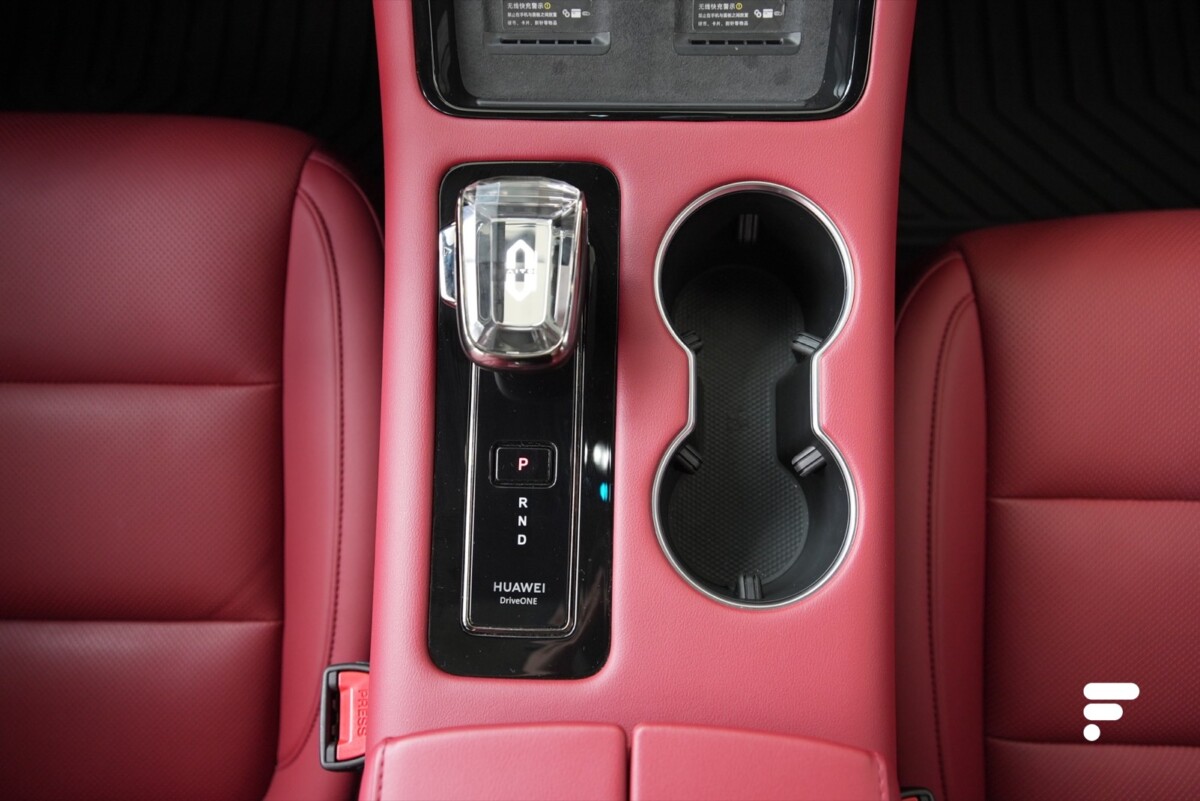
The Huawei Sound sound system is of exceptional quality, to the point of rivaling renowned audio brands like Sonos, Bose or Devialet.
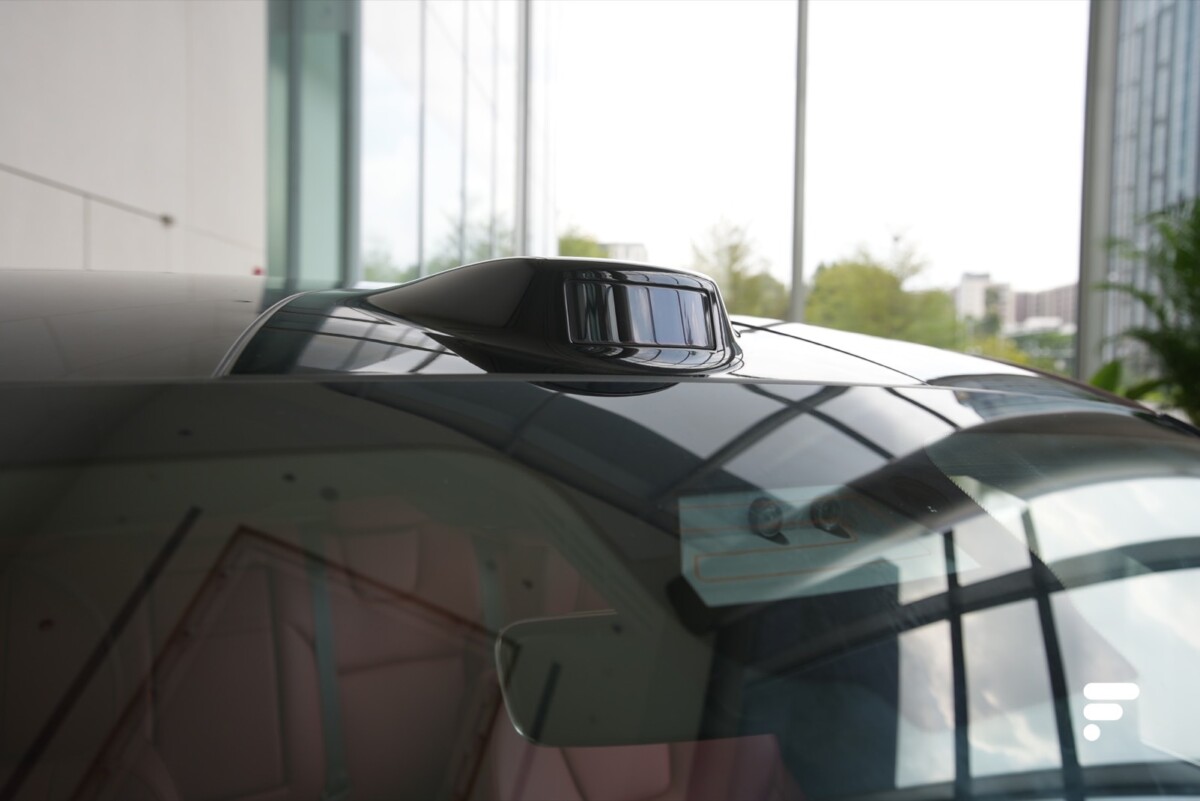
The cameras are in high definition. The whole interacts in perfect harmony with the interface: when approaching a risk zone, involving delicate maneuvers, the location likely to be involved in a possible collision is highlighted thanks to a precise zoom.

Add to that the massaging and ventilated seats, and you have an on-board experience that far exceeds European standards, especially in this price range.
A little shaken
We undoubtedly come away from this demo impressed, even a little shaken. And this is not an isolated experience; we find this impression among other Chinese manufacturers such as BYD, HiPhi, Nio, to name just a few.
So what to do now? Should we simply wait for Chinese manufacturers to establish themselves in Europe? Or is this the moment for Western manufacturers to ask themselves fundamental questions about their approach? Like, for example, hiring software interface experts from the tech world. Or stop charging for options that should, logically, be included as standard. It might also be time to review certain quality standards, particularly with regard to components such as sensors and cameras. The list of aspects to revisit is long, and time is running out.
